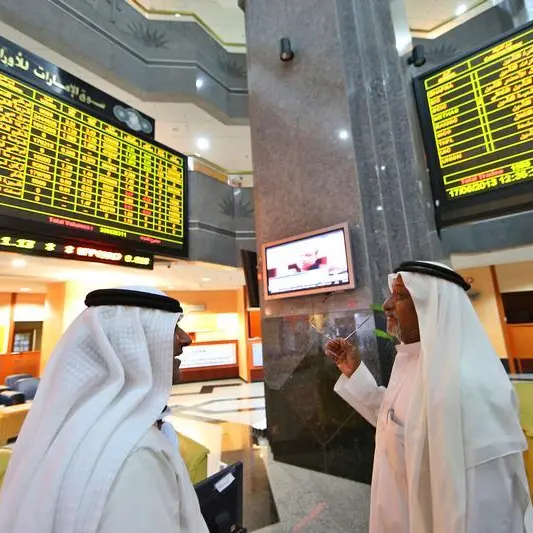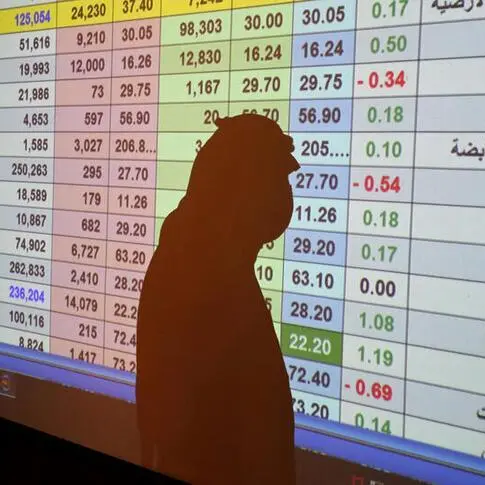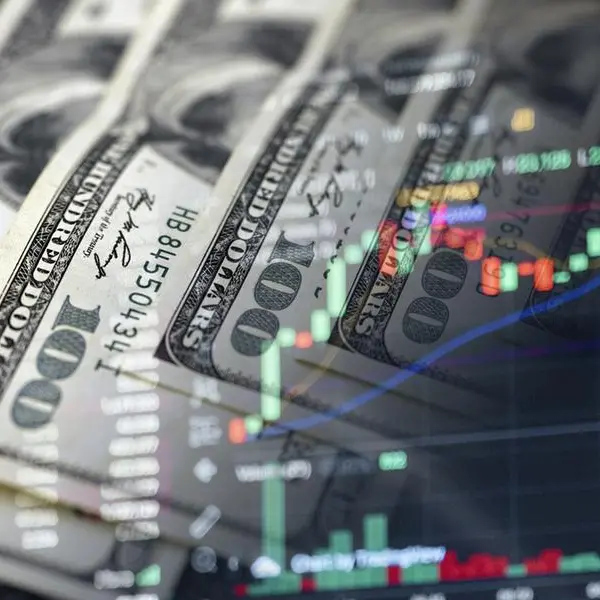1) Moody’s rates Iraq at Caa1. What type of reforms can the government implement to put decades of turmoil behind it?
Moody’s unsolicited rating of the Republic of Iraq doesn’t benefit from full access and data from the government. Both Standard & Poor’s and Fitch provide solicited ratings, and have a B-/B- Stable Outlook sovereign credit rating for the Republic. Iraq ranks higher in virtually every credit metric relative to the median of its B-rated sovereign peers, including in FX reserves of $62 billion; nominal GDP and GDP per capita of $230 billion and $5,800 respectively and relatively low debt to GDP of 52%. On stand-alone economic terms, Iraq punches well above its current credit rating.
Where Iraq’s rating gets dragged down, according to the rating agencies, is mainly due to its over-dependence on commodity prices, geopolitics and lack of internal cohesiveness among other reasons. While the Government of Iraq successfully implemented some reforms agreed under the IMF’s 3-year stand-by arrangement (SBA), there are a number of reforms that are still in draft legislation awaiting a vote by Iraq’s parliament. These reforms range from diversifying the sources of government revenue (e.g. improved electricity tariff and customs collection) to fiscal consolidation.
It should be noted that since 2003, Iraq’s nascent parliamentary democracy has had 5 successful elections and peaceful transfers of power, and since 2015, Iraq’s armed forces successfully defended its territory by defeating both the challenge from ISIS as well as containing an independence bid from the Kurdistan Regional Government. While facing these challenges, Iraq continued to increase oil production reaching an all-time record of 5 million barrels per day and becoming the 2nd largest producer in OPEC after Saudi Arabia.
2) Iraq issued its first independent bond back in 2017 at attractive yields. Do you expect other issuances in the recent future? Will yields be as attractive?
Deutsche Bank lead-managed both of Iraq’s debut sovereign bonds in 2017, the $1 billion Iraq 2.149% coupon 2022 USAID bond, and the $1 billion Iraq 6.75% coupon 2023 bond. The current 2019 budget law doesn’t include appropriations for a bond issuance, however there are a number of approved borrowings for infrastructure financing – mainly in the form of export credit agency (ECA) and development finance institutions (DFI) covered loans.
In the loan markets, we are seeing the entry of additional international financial institutions and a significant tightening of spreads for Iraq risk. On a recent trade, we saw Iraq credit spreads approach that of its single A-rated neighbors in the Arabian Gulf.
3) What are Iraq’s infrastructure needs following the long war? What is the cost to rebuild?
Iraq’s infrastructure is dilapidated due to the decades of wars and sanctions under the Saddam Hussein era. The change of regime and the lifting of sanctions in 2003 opened Iraq to the global markets and caused a significant increase in the imports of white goods by Iraq’s 40 million population and its burgeoning middle class, leading to a material increase in energy consumption that continues to require large investments.
The Iraq-led and internationally-supported campaign against ISIS left large swaths of Iraqi territory in ruin, including its second largest city of Mosul with a population of nearly 2 million. Investments are required in other sectors including in water, transportation, education, health and housing. The snap back of sanctions on Iran, is both a forcing mechanism and an opportunity for the Government of Iraq to increase investments in domestic gas production and the capturing of gas-flaring for power generation.
The World Bank and Government of Iraq estimate the initial cost of reconstruction for Iraq to be approximately $88 billion. Of this amount around $77 billion was to be financed by the Government of Iraq; with $50 billion coming from oil and other revenues, and $27 billion through ECA/DFI loans and capital markets issuances.
However, the cost to rebuild is likely to be higher if one were to include the approximately $160 billion in investments that Iraq had appropriated in its annual investment budgets from 2015 to 2019 but had not spent.
And, if one were to add the costs of reconstructing the damage caused by ISIS, this figure would be substantially higher.
4) What is the best way to finance these needs in your opinion?
Iraq has a number of financing tools available at its disposal, ranging from traditional short term trade finance to bank loans and capital markets as well as donor grants and soft loans via bilateral and multilateral agencies.
Given the gargantuan infrastructure financing requirements, I believe the Government of Iraq would be well advised to tap all of the pockets of liquidity and financing tools available to it. Additionally, Iraq’s stakeholders pledged approximately $30 billion during the Iraq investment and reconstruction conference that was held in Kuwait in February 2018.
Of this amount, approximately $23 billion are pledged in the form of ECA and DFI-covered loans. I believe the Government of Iraq would be prudent to take the necessary steps to convert these pledges into investments in its infrastructure.
5) How interested are emerging markets and global markets investors in the Iraqi market?
The market appetite for Iraqi risk has improved significantly in the past couple of years. The Iraq 2023 bond that Deutsche Bank lead-managed and which was 7-times oversubscribed at the time of issuance, is currently trading above par at $104 cash price, and 5.6% yield.
These are relatively tight spreads when compared to the 5-year bond yields of its oil-producing single B name peers—e.g. Angola at 5.80%; Gabon at 6.70% and Ecuador at 6.80% -- as well as the bond yields of non-oil single B economies of Jordan and Lebanon at 5.00% and 11.65% respectively.
6) Iraq’s fiscal deficits are expected to rise over the medium term according to the IMF. What could be the best fiscal policy for Iraq in your opinion?
Fiscal consolidation and the shrinking of the massive federal government’s balance sheet is probably the best fiscal policy.
In reality, the trend has been going in the opposite direction, with the previous and the current Iraqi governments having succumbed to fiscal expansionary pressures during periods of robust oil prices.
I believe that supporting private sector participation in the economy would bring efficiencies as well as shrink the government’s balance sheet.
As an example, inviting private sector investors to the independent power producer (IPP) program has been successful in materially increasing by over 7-8 megawatts Iraq’s power generation capacity.
In the end, I believe that in order for Iraq to move away from reliance on the ebb and flow of oil, it would benefit from the establishment of sovereign wealth funds focused on infrastructure and impact investments, as well as saving and growing some of its oil revenue proceeds for the benefit of future generations of Iraqis.
(Editing by Gerard Aoun)
Any opinions expressed here are the author’s own.
Disclaimer: This article is provided for informational purposes only. The content does not provide tax, legal or investment advice or opinion regarding the suitability, value or profitability of any particular security, portfolio or investment strategy. Read our full disclaimer policy here.
© Opinion 2019












